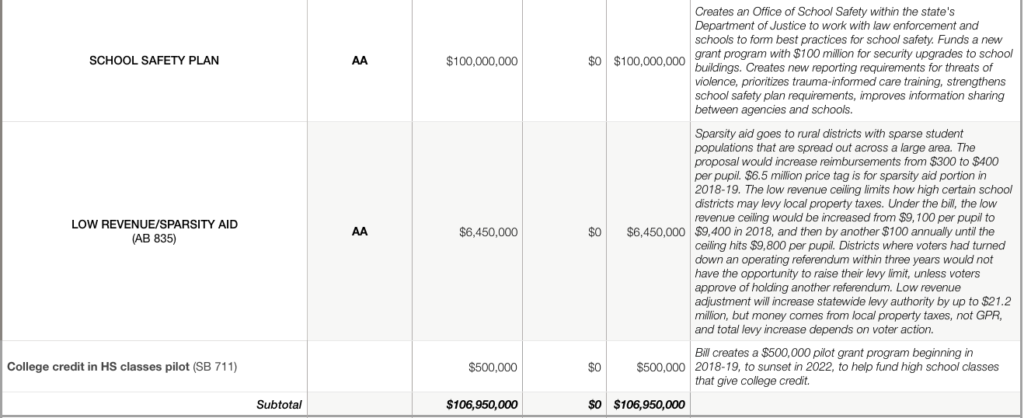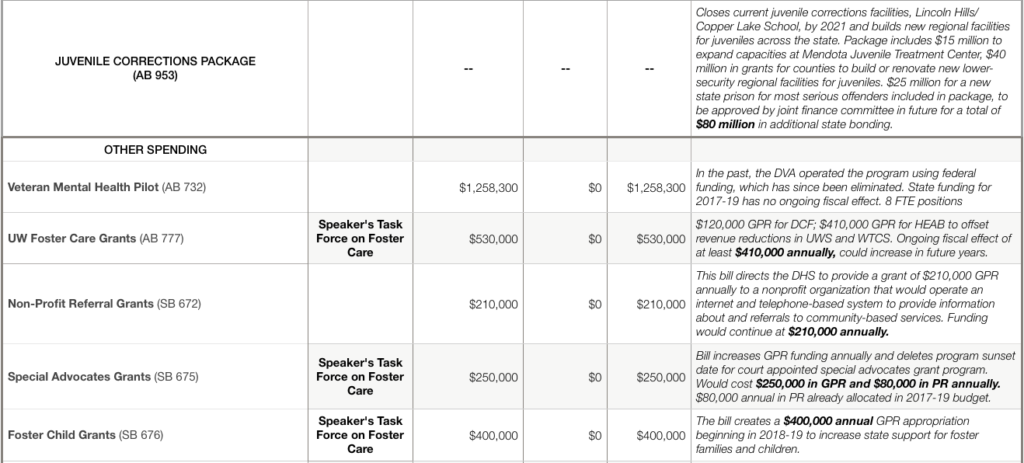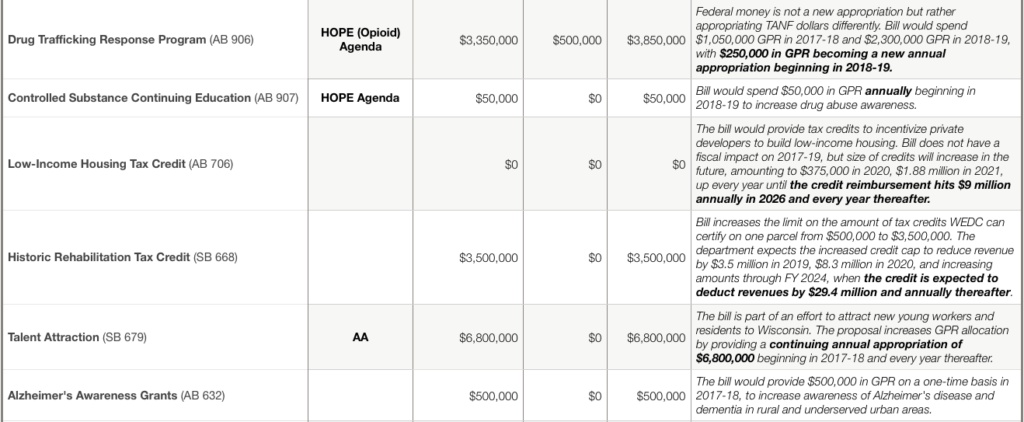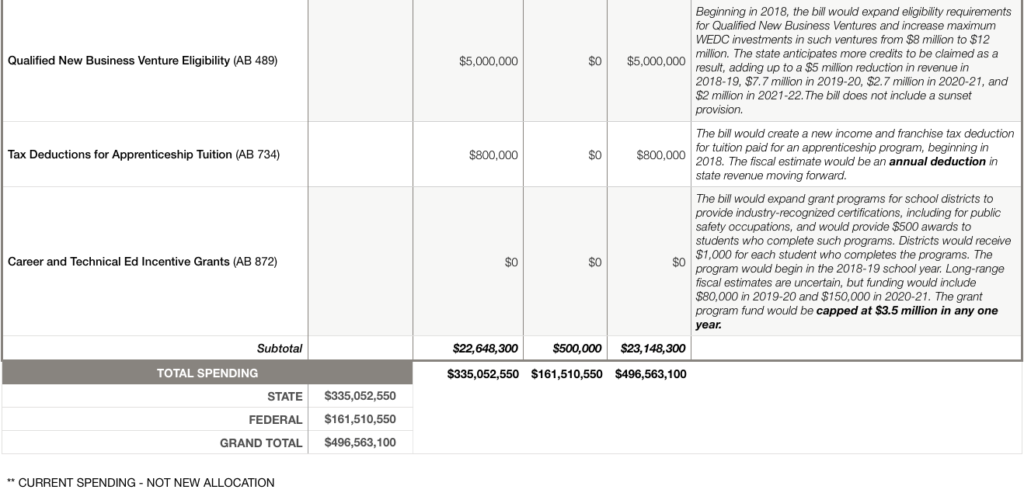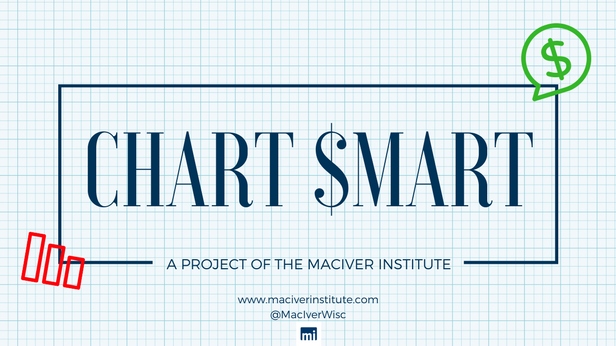
Updated April 3
Chart Smart | February 13, 2018
As the state Legislature wraps up its last floor session of the biennium, a number of spending proposals are making their way through the legislative process. Governor Walker introduced several new ideas being considered during his annual State of the State address back in January, including 10 separate bills on welfare reform, a proposed Obamacare premium stabilization plan, new money for rural economic development, and much more.
These spending bills, along with the Legislature’s own ideas for new spending, are moving quickly towards passage. Unfortunately, many of these ideas have not received enough attention given how much of your tax dollars they spend.
So your super-helpful friends at MacIver decided to put together a simple chart for you, the taxpayer, to track all the spending bills that have a good chance of passing before everyone heads back home to run for re-election.
The grand total? The Legislature is considering $496 million in spending (all funds, federal and state). Of the $496 million, the state’s immediate commitment is over $335 million. It should be noted that the $496 million is the spending floor, not the ceiling. If all of these bills pass, there will be significant increased spending in the out years. Our analysis shows at least $196 million, federal and state, plus $350 million in new bonding for the juvenile justice plan’s new construction and related initiatives. For instance, the low income housing tax credit starts out spending just $375,000 in year one but, once fully implemented, is slated to spend $9 million every year.
The first question a taxpayer should ask is where is the money coming from to pay for all of this new spending?
Remember that the final 2017-19 budget, passed late last summer, spent approximately $500 million less than the original budget proposal, providing the Governor and legislators some flexibility to help pay for any legislation that would pass this year. We also recently found out that state tax collections are $137.5 million higher than previously expected, meaning the state has a surplus of $385 million.
Just because there is some “money” set aside, however, doesn’t mean that we should automatically approve of all of this spending or not question the merit of these proposals. To the contrary. We need to scrutinize every one of these spending ideas because once a new government program or spending initiative starts, it is nearly impossible to ever get rid of it. Case in point: the make-work jobs program known as the Conservation Corps. This never-die zombie government program was supposedly killed off by Democrat Gov. Jim Doyle many years ago, but for a time during this session, it staggered back to life before dying again.
Think about that for a second. A program Gov. Doyle deemed unnecessary was nearly restarted with fiscal conservatives in control.
As you will see on the updated list below, there are several new spending plans that are questionable at best, and we are being kind in our description. Way too kind.
Having trouble viewing the chart, or want to take it home with you? Download the PDF of the spending chart here.
Click on the chart to enlarge






